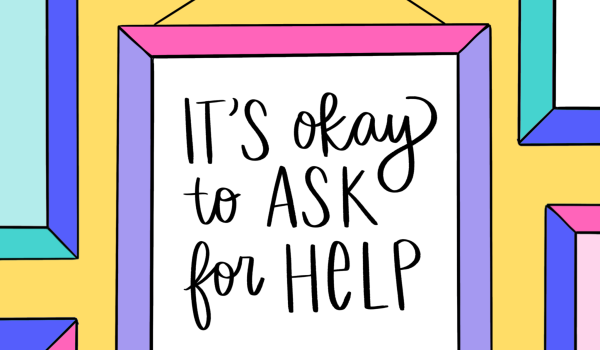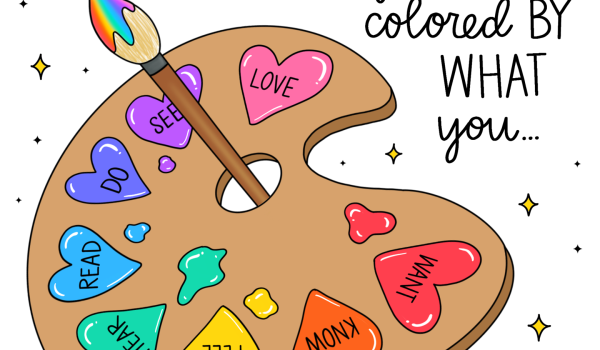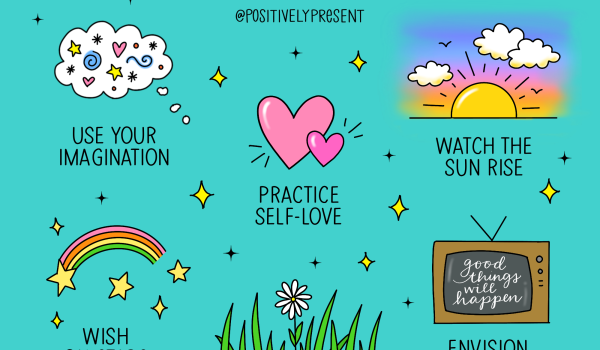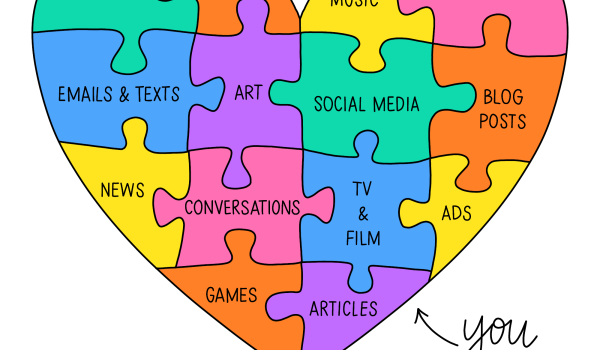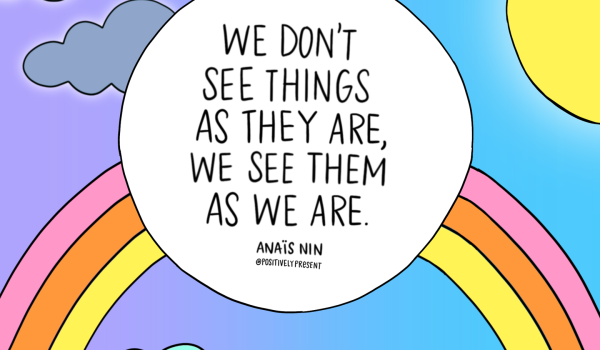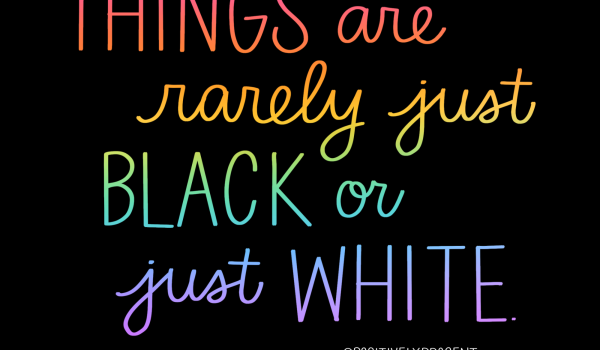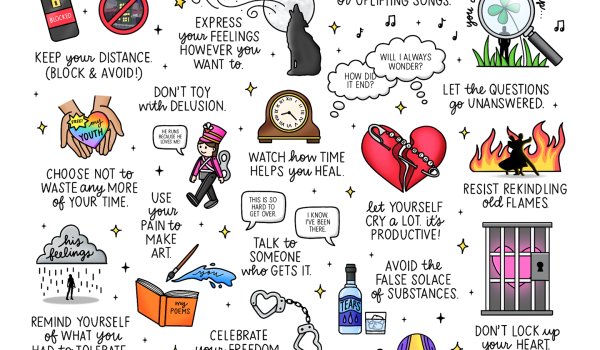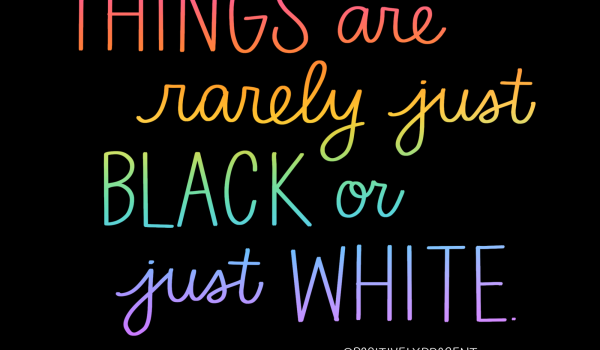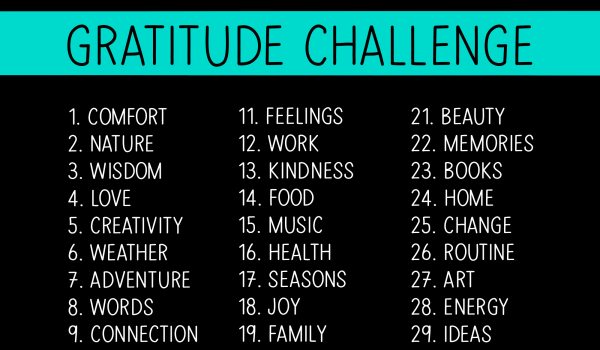Lately I’ve been thinking a great deal about the topic of change. I’m not a big fan of it, which is probably why I’ve started out this year in a bit of a rut. I know change is needed in many areas of my life, but I always takes me a long time to go from “I need to change” to “I’m actually take the steps to change.” One of the reasons I think change is particularly challenging for me (and for a lot of other people as well) is that I tend to forget this very important truth: It’s okay to ask for help.
Independence (and control…) is important to me, making it difficult for me to ask for help when I need it (or accept help easily when it’s offered), but lately I’ve been trying to be more open to letting others in, giving them insight into some of the things I’m struggling with, and expressing gratitude — rather than resistance — when they offer their advice or assistance. Little by little, I’m opening up more, exposing more of who I am to the people who know (and want to know) me. I know that, without the help of so many people in my life, I wouldn’t be where I am today, and yet I still sometimes resist help (or very good advice).
One of the best ways I can think of to counter this internal resistance is by reflecting on the many benefits other people have to offer when it comes to creating personal change. When it comes to personal growth, I want to believe that I don’t need others, but, as I seem to learn again and again, personal growth doesn’t have to be about just one person. Here are some of the ways other people can help you with personal change.
- They provide encouragement and support. When I think about all of the support and encouragement I’ve had over the past few months — particularly over on Instagram — I am in awe. Seriously. It’s such an amazing thing to have a supportive system, a group of people who encourage you and clearly want the best for you. Not everyone is lucky enough to have this. Not everyone is smart enough to embrace and accept this. For years and years, I pushed people away. The closer they got, the further I wanted to be from them. More and more I’m accepting goodness and support in my life. I’m learning every day that the people who love and support me are the people I need to have around me.
- They offer words of wisdom and insight. Whether it’s a comment on one of posts, an eye-opening chat with a new friend, or timeless advice my mom’s been offering me for years, everyone from the most distance acquaintance to the closest companion offers me wisdom and insight (whether they know it or not). When I surround myself with the right kinds of people — those who want me to succeed and do well, those who have faced their own trials and come out stronger, and those who have learned from their own mistakes — I find the wisdom to be that much greater. When I think of what I know now and how many people have contributed to that knowledge, I’m astounded. It is because of these insights that I’ve been able to change, to grow, and to work towards becoming the person I want to be.
- They are there to catch you when you trip. None of us are perfect and we all fall down from time to time. I’ve made some not-so-great choices over the past few years, and it’s been my friends and family who have helped me to realize that a bad choice doesn’t make a bad person. Even when I’ve made mistakes, I’ve felt the support and encouragement of those around me, and I realized that, even though I’ve fallen down (and likely will many more times in this life if I keep growing and changing!), with the help of others I was able to get back up again, dust myself off, and keep on going. The right people in your life will always be the ones pulling you up, and, yes, in many cases, I could pick myself up, it certainly never hurts to see an outstretched hand.
- They can be excellent sources of inspiration. Almost everything in the world that inspires me comes from other people. Whether it be books or music or simply words, people, their actions, and their creations continuously inspire me. (I also, at times, feel inspired by nature and by animals, but more often than not it’s human-related things that really spark the fire of inspiration in me.) During periods of personal change, I tend to seek out inspiration from others without even really realizing I’m doing it. People bring good things — wonderful, inspiring things — into this world, and a lot of my positive personal growth has come as a result of being inspired by others’ goodness.
- They push you when you need a gentle shove. More often than not, I don’t want a push. But, if I’m honest, sometimes I won’t change without one. When I’m faced with something I don’t want to do — something that seems so hard that I can’t even fathom undertaking such a challenge — I need someone who will gently encourage me to move in the right direction. For example, when my therapist first told me I had to give up drinking if I wanted a happier life, my instinct was to say, “Forever? Absolutely not.” But my therapist pushed. She made me see that I wasn’t going to get different results if I kept doing the same self-destructive things. And, you know what? She was right. It’s been nearly eight years now, and I can’t say for sure if I would be where I am without that nudge in the right direction.
- They remind you of your unique awesomeness. Without other people around, would I think I had good qualities? Would I believe in myself? Would I know I was awesome? I would like to think so, but I honestly can’t say for certain. All of my life, I’ve had my parents, my sister, my friends, my teachers supporting me. Without their encouraging words, I’m not sure who I’d be. I’m not sure if I’d have the confidence that I do now. When I was a kid, my parents encouraged me to write and draw and do all of the things I loved to do. Without that, would I be here now? I don’t know. It can be even the tiniest thing, but when someone else supports you and tells you that you’re doing a great job, it makes doing positive, productive things even more fulfilling. Sure, I’m working on changing for me, but it feels pretty great to know that other people think I’m doing good things with my life.
- They listen to all of your crazy, kooky ideas. This one goes out to my mom in particular. I’m always calling her with my latest idea. “Mom, I’m going to start a blog!”, “Mom, I’m going to write a new book!”, “Mom, I’m going to launch a print shop!” — to name a few. Whether I follow through with the idea or not, my mom (and any of my friends that I share my ideas with) is always supportive. She listens and never says anything like, “Well, you said you were going to write a book six months ago. What happened to that?” Instead, she says, “That’s a great idea! I’m going to email Oprah!” and “You should send your blog posts to Real Simple!” and “People will love reading about that!” While I don’t always follow through with my “brilliant” ideas, it’s so great to have someone in my life who thinks they’re wonderful and have potential. Even when people just listen, it means a lot and encourages me to keep going, keep growing, keep changing.
- They believe you will become who you want to be. Even when I don’t believe in myself — when I’ve felt that all hope was lost and that there was no way I could ever become a productive, positive person — other people believed in me. Throughout my life, I’ve been fortunate enough to have encouraging parents, friends, teachers, and bosses. No matter what I believe, other people believe in me. Other people want me to succeed and do well and they believe I can (even when I’m not in that believe-it-can-happen mindset). This is one of the greatest things about having other people in your life as you’re working on making a change. They believe. This support makes me work harder, want it more, and, of course, believe in myself.
- They reach out and ask you about your progress. I have some really great friends in my life who are always asking me, in a really honest, serious way, “How are you doing?” They want to know. They want to know how the progress in my life is going. They care. Without these inquiries, would I be motivated to keep going? Maybe, but it certainly helps to know that every so often a friend is going to ask, “Seriously, how’s everything going with that whole ‘change’ thing?” Being asked about how things are going in this whole changing process, is important. It reminds me that people are there, that they care, and that they genuinely want to know what’s going on. It also forces me to check in with myself and really think about how things are going. It’s great to know people care and their interest also serves as a reminder to care about yourself!
- They point you in the right direction when you’re lost. No matter what journey you’re on in life, you’re bound to get lost from time to time (especially if you’re anything like me and have absolutely no sense of direction!). Sometimes getting lost can be a good thing. It can lead us in new and exciting directions. But sometimes it can be dangerous, scary, and isolating — which is why it’s great to have others around you who can show you the way. On a small scale, sometimes I veer away from my positively present vibe. That’s when a helpful friend or family member will say, “Now, it doesn’t sound like you’re being very positively present…” Yes, this is obnoxious, but it’s also a great reminder that I need to get back on my path. When I’m feeling lost, it’s almost always someone not something that brings me back again.
As someone who doesn’t like to admit that she needs other people, thinking about this topic has been an eye-opener for me. It’s reminded me of how many times other people have helped me on my personal growth. I love to think I’m independent and self-sufficient, but there is truly something magical about opening up to others and allowing them to help you grow and learn and become a better version of yourself. Without others, I wouldn’t be who I am today, and I most likely wouldn’t still be on the road to becoming the me I want to be.
